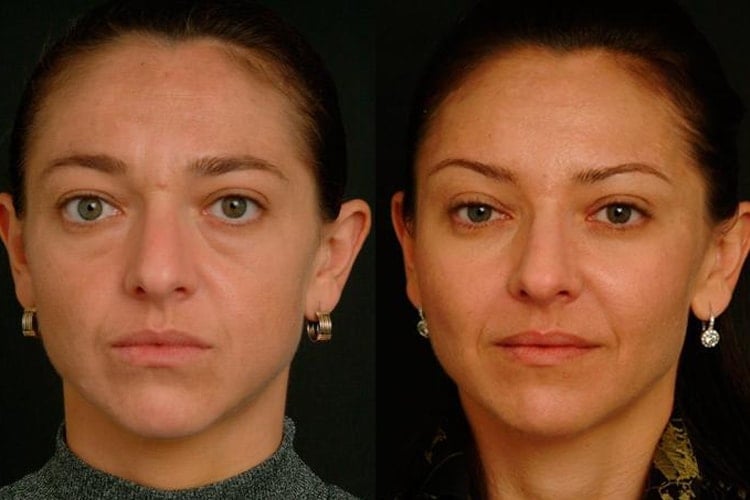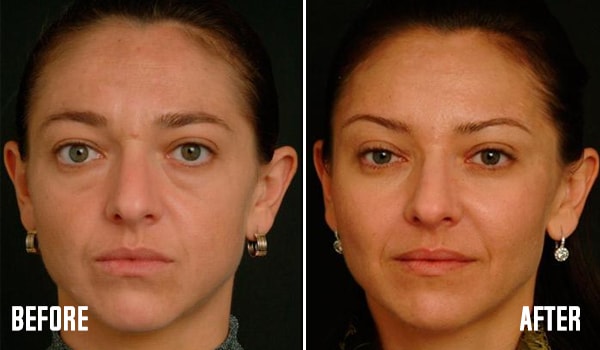If you are considering going for a facial cosmetic procedure, but a face lift or any other type of facial procedure is too extreme, then you may wish to research more about the facial fat transfer. This method of fat sculpting is also known as microlipoinjection. It is used to restore the attractiveness of your facial characteristics like your chin, cheeks, lips and the region under the eye.

What is autologous or microlipoinjection fat transfer?
This is a procedure where a person’s body fat is used to plump the facial regions that are sunken, or they need more volume. The term “autologous” is used to simply refer to the use of an individual’s fat or tissue. In this process of using an individual’s fat, there are three steps used in this process. In the first step, some excess fat that is found in the buttocks, thighs, abdomen or jowls undergoes liposuction. The second step involves the cleaning of the isolated fat cells. The final step involves fat cell transfer to the targeted facial area.
Who is an ideal candidate for a fat transfer procedure?
The “wear and tear” aspects of the face that come up due to age, like frown lines, smile lines, wrinkles, hollow areas of the face, and marionette lines can be eliminated using facial fat injections. If you have lips that have lost their volume, you can undergo a fat transfer treatment. A person who has one or several of these conditions can be a good candidate for fat transfer.
As much as older adults can go for this kind of treatment, younger patients are also eligible for this process. If you are someone who has experienced lipoatrophy, which involves the loss of the fat layer in the face used to enable the formation of the contours of the jawline and cheeks, you can also use this treatment to restore the contours.
Anyone who is suffering from a facial problem that is not listed above should still discuss this procedure with a dermatologist about whether a fat transfer treatment can help, or it could serve as an additional treatment to another facial procedure slike CosmoPlast, Botox or Radiesse.
The safety of the autologous fat transfer procedure is to ensure that there are no allergies associated with the procedure. At first appointment, you need to open up about your medical history and your current lifestyle habits such as the use of blood thinners, smoking, use of supplements, the types of medications you are using to your doctor so that your cosmetic surgeons can determine if you are a good candidate of fat transfer.
Areas of the face that can be treated using fat injections:
The areas that work well with fat injections are the forehead region, the area between your eyebrows, and the hollow areas under your eyes. Fat injections can plump or improve the contour around your nose, the jawline, between the nose and the upper lip, and your temples. It is evident that fat transfer can correct hollow or sunken areas, correct scars and any place on your neck or face where there is no fat.
Some of these regions only require one fat transfer injection for a great improvement to be seen that will last a long while. In other areas, more than one fat transfer will be needed.
The fat transfer procedure:
We have briefly described how the process of fat transfer from one region of the body to the targeted areas is done. What you also need to know is that fat transfer is usually noticeable after the procedure is complete and it can last for months/years or permanently.
How to prepare for the fat transfer procedure:
A fat procedure that is not performed with another procedure is done only using local anesthesia. Patients may also be offered an oral sedative if they are apprehensive about the treatment. The type of anesthesia and the amount used depends on the amount of fat transfer that is needed.
A fat transfer procedure can be done as an outpatient treatment at the office of a cosmetic surgeon. Before going for treatment, you should avoid using blood thinners like aspirin, ibuprofen, and others. Since no risk exists of allergic reactions, you don’t have to go for an allergy testing before the procedure occurs.
Step 1: Fat removal
The fat transfer process starts with removing fat from the donor site. To collect enough undamaged fat cells, low suction liposuction is done. A special cannula or small-gauge hypodermic needle is used to limit the damage done to the fat cells of the donor site.
[sc:mediad]
Step 2: Isolation of the fat cells
Once the right amount of fat is harvested, it is passed through a centrifuge, and the fat cells are separated from the liquid that is collected during the liposuction process. In this process, only the undamaged fat cells are picked and cleaned and used for the fat transfer
Step 3: Re-injection
Conclusion:
If you’re interested in getting a facial fat transfer in New Jersey, or if you’re seeking to learn more about other facial procedures, call Dr. Mark Glasgold at 732-846-6540, or you can log onto the Glasgold Group Plastic Surgery website to book an appointment and check out the services offered at the clinic. www.glasgoldgroup.com
